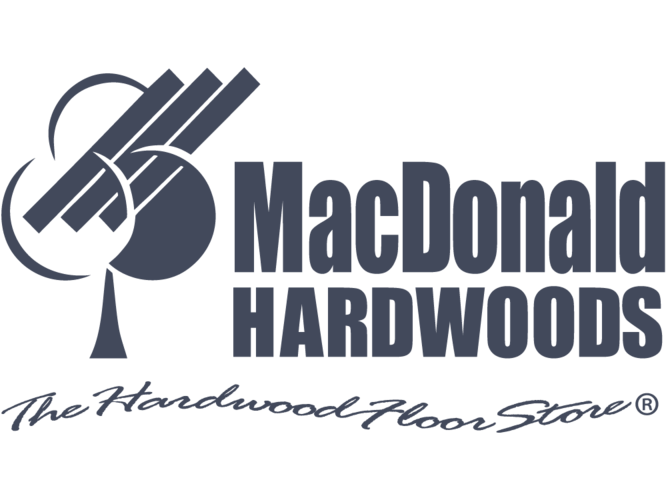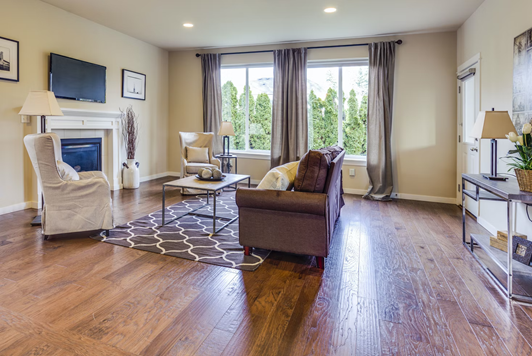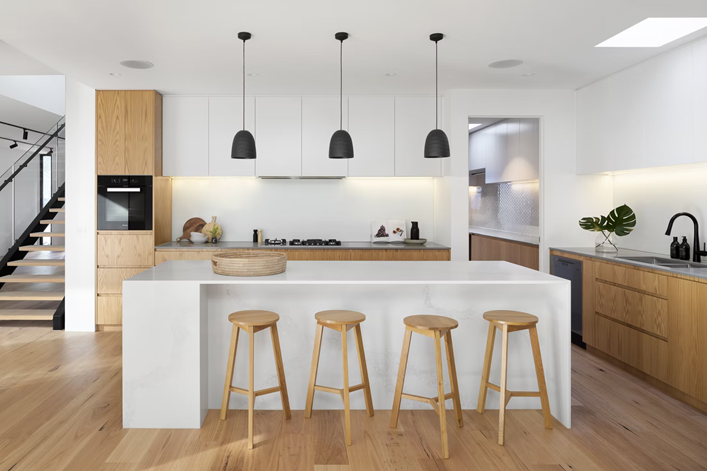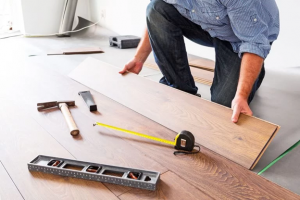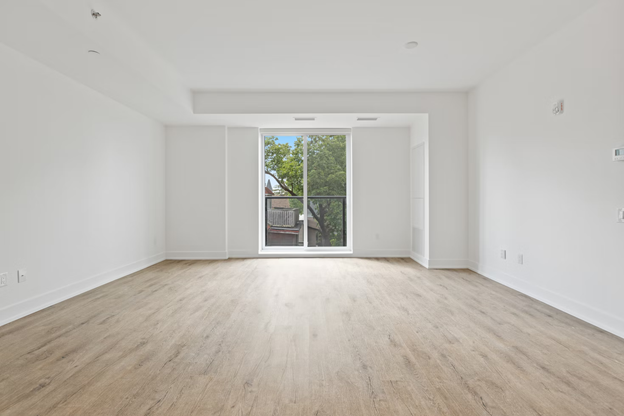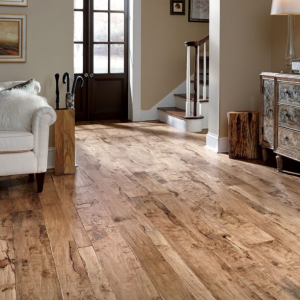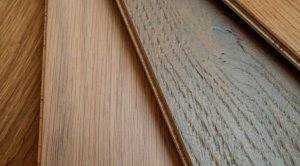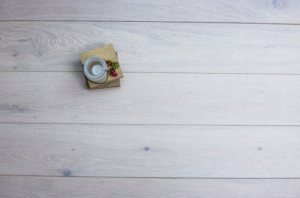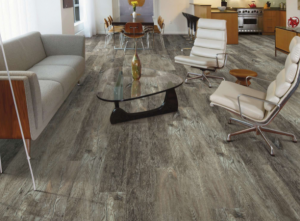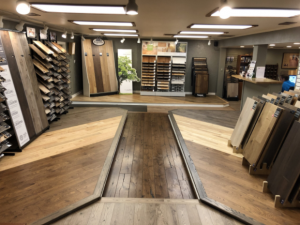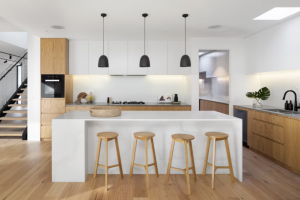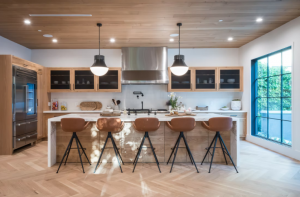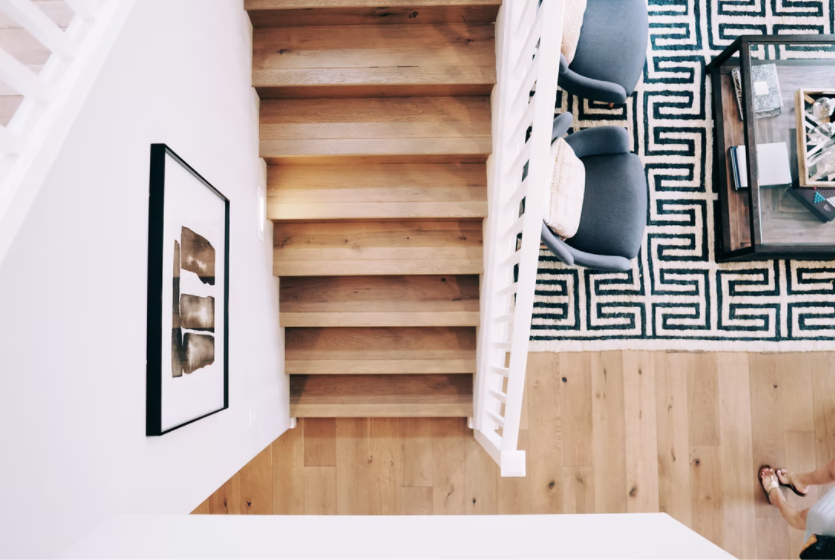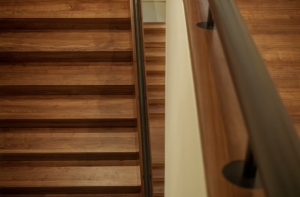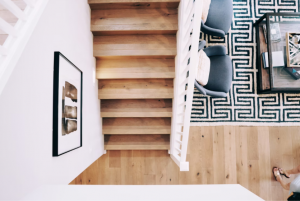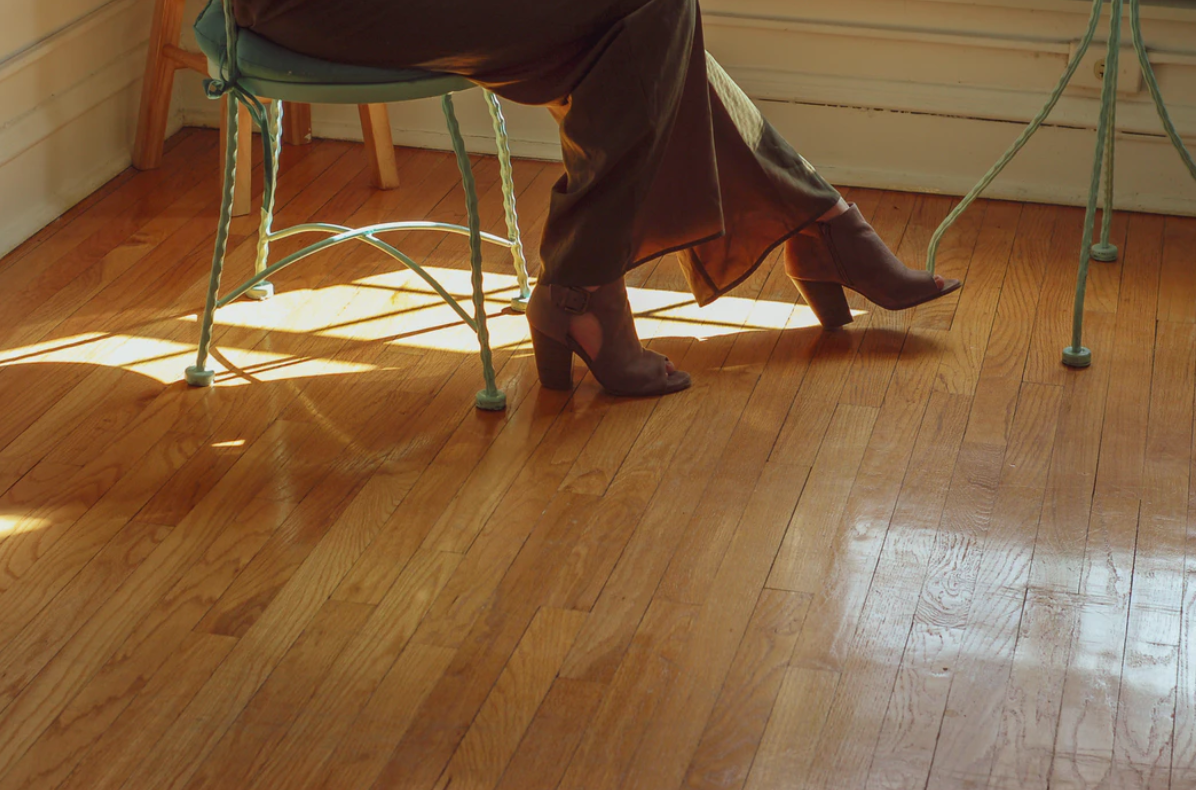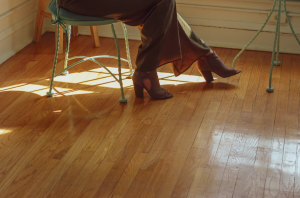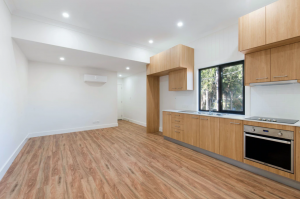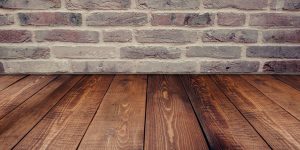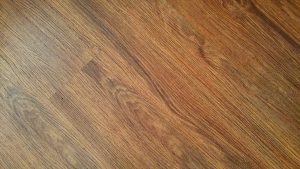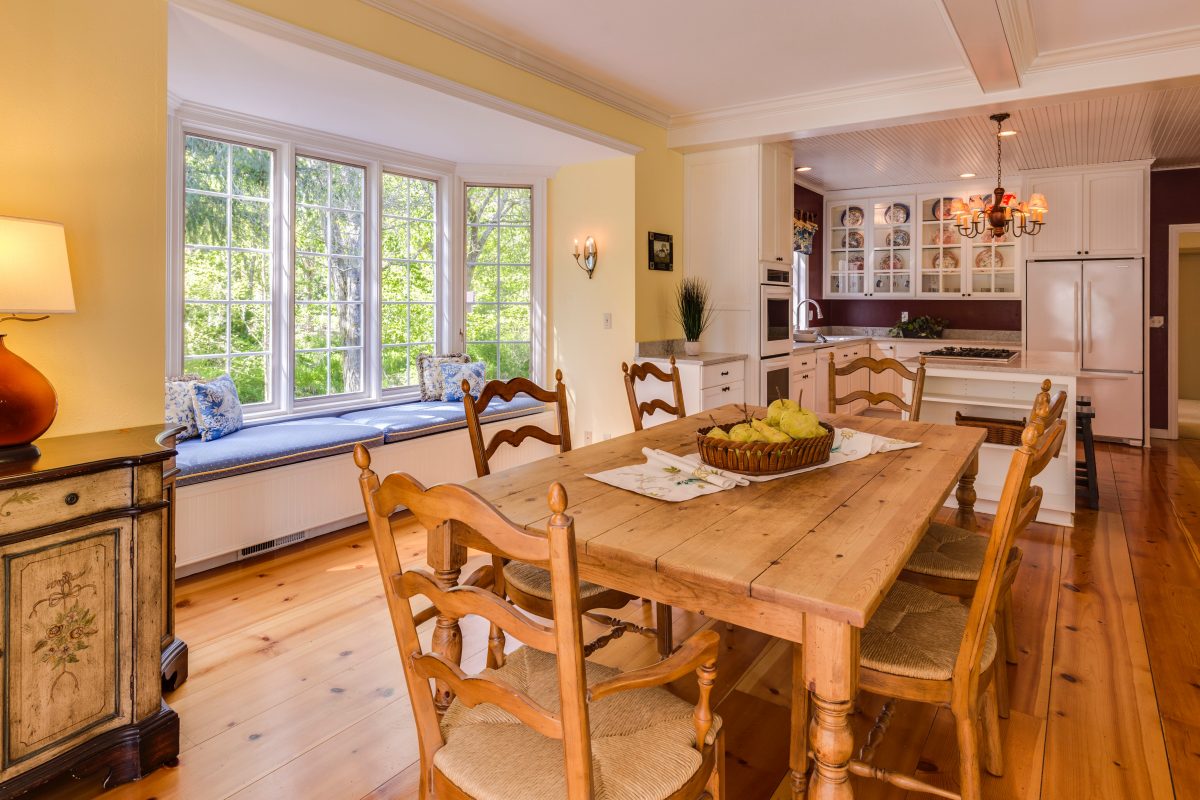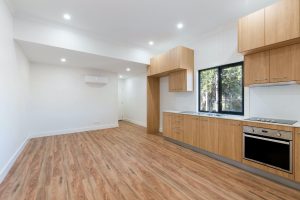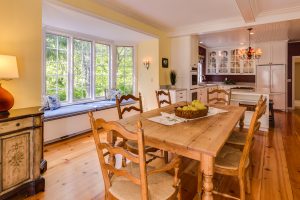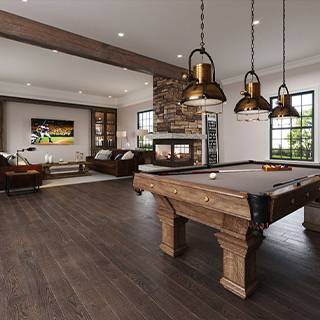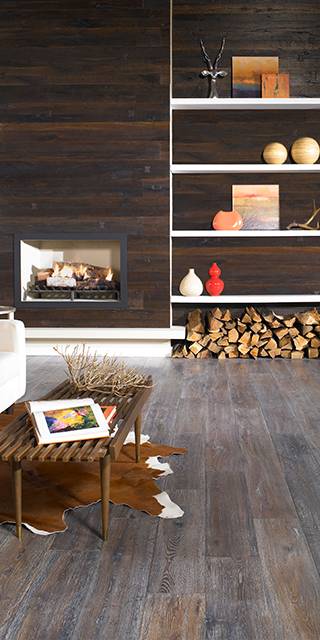When it comes to home design, one of the most important decisions you will make is what flooring to choose. Flooring can really set the tone for a room and it’s important to select a style that will match your other decor. But what if you can’t find the perfect flooring to match?
Is it still possible to have a cohesive look in your home? In this blog post, we will explore the importance of matching flooring and provide some tips on how to achieve a coordinated look in your home even if your floors don’t quite match.
Consider the Cohesiveness
One of the most important things to consider when choosing flooring is how it will work with the other elements in your home. If you have a lot of wood furniture, for example, you might want to choose a wood floor that will complement it.
Alternatively, if you have very modern furniture, you might want to select a more contemporary flooring option. It’s important to think about the overall “look” you are going for in your home and what flooring will help you accomplish that “look”.
Think “blend and contrast”. The last thing you want is for your flooring to clash. The transition between two different types of flooring can be quite jarring if they are too different. If you have a hardwood floor in your living room and carpet in your bedroom, for example, try to find a carpet that has similar colors to the hardwood. This will help create a more cohesive look in your home.
Match the Flooring or Go for Contrast?
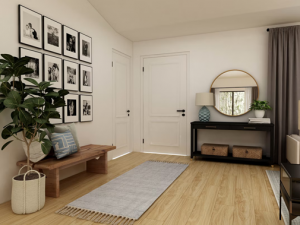
Source: Unsplash
Once you have considered the overall cohesiveness of your home, it’s time to decide whether you want to match the flooring or go for contrast. If you want to create a seamless look, matching the flooring is probably the best option.
This can be especially effective in open concept homes where different rooms flow into one another. By having matching flooring throughout the space, you can create a cohesive look that ties the whole home together.
On the other hand, if you want to create a more unique look, you might opt for contrasting flooring. This can be a great way to add interest to your home and make it feel more dynamic. If you choose to go this route, just be sure that the different flooring options complement each other and don’t clash. A good rule of thumb is to choose two different but complementary flooring options that are in the same color family.
Tips for Mixing and Matching Flooring

Source: Unsplash
If you can’t find the perfect flooring to match or you simply want to mix and match different styles, there are a few things you can do to ensure a cohesive look. One option is to choose one flooring style for the main living areas of your home and then use a different but coordinating style in more private spaces like bedrooms and bathrooms.
Another option is to use similar flooring throughout your home but in different colors or finishes. For example, you could use hardwood floors in your living room and kitchen but in different stains or finishes. Or, you could use the same tile throughout your home but in different colors or patterns. There are endless possibilities when it comes to mixing and matching flooring, so get creative!
Mistakes to Avoid When Mixing Flooring
While there are many ways to successfully mix and match flooring, there are also a few mistakes you’ll want to avoid.
Too Many Styles
One mistake is choosing too many different flooring styles. If you have too many different types of flooring, your home will look cluttered and busy. Instead, stick to two or three different flooring styles and use them throughout your home in a cohesive way.
Clashing Colors
Another mistake to avoid is choosing flooring colors that clash. This can happen if you choose two different flooring options that are in the same color family but have very different undertones.
For example, pairing a cool gray floor with a warm brown floor can create a clash that is very noticeable and off-putting. Instead, try to choose two different colors that have similar undertones.
Keep Carpets Away From Kitchens
If you’re going to have both carpets and hardwood floors in your home, it’s important to keep the carpets away from the kitchen. Carpets can be difficult to clean, and if you have spills or other accidents in the kitchen, they can be very hard to clean up.
Instead, stick to hardwood, tile, or laminate in the kitchen and save the carpet for other areas of your home.
Attempting to Create Contrasts That Are Too Extreme
Creating contrasts is a great way to add interest to your home, but you don’t want to go too extreme. For example, pairing a very dark floor with a very light floor can create a contrast that is too extreme and can make your home feel jarring and uncomfortable.
Instead, try to choose two different but complementary flooring options that are in the same color family. This will create a more subtle contrast that is stylish and sophisticated.
Poor Quality Flooring
When mixing and matching flooring, it’s important to make sure all of the flooring options you select are high quality. Choosing one high-quality flooring option and pairing it with a lower quality option will create a noticeable difference that can make your home look cheap.
To avoid this, only choose flooring options that are made from high-quality materials and that will stand the test of time.
Some Floors Just Don’t Match
There are some floors that just don’t go together, no matter what you do. If you’re having trouble finding two flooring options that match, it’s probably best in that situation to choose one flooring style for your entire home. This will create a cohesive look that is much more stylish and sophisticated than two mismatched floors.
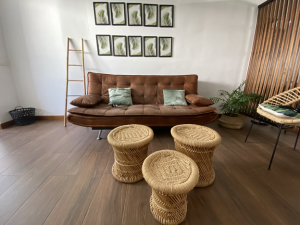
Source: Unsplash
The Bottom Line
There is no right or wrong answer when it comes to whether or not your home’s floors need to match. It really comes down to personal preference and the overall look you are trying to achieve.
If you want a cohesive look, matching flooring is probably the best option. But if you’re looking for something more unique, mixing and matching different flooring styles can be a great way to add interest to your home.
Whatever you decide, be sure to consider the overall cohesiveness of your home and choose flooring that will complement your other decor. With these tips in mind, you can achieve a coordinated look in your home that you love!
